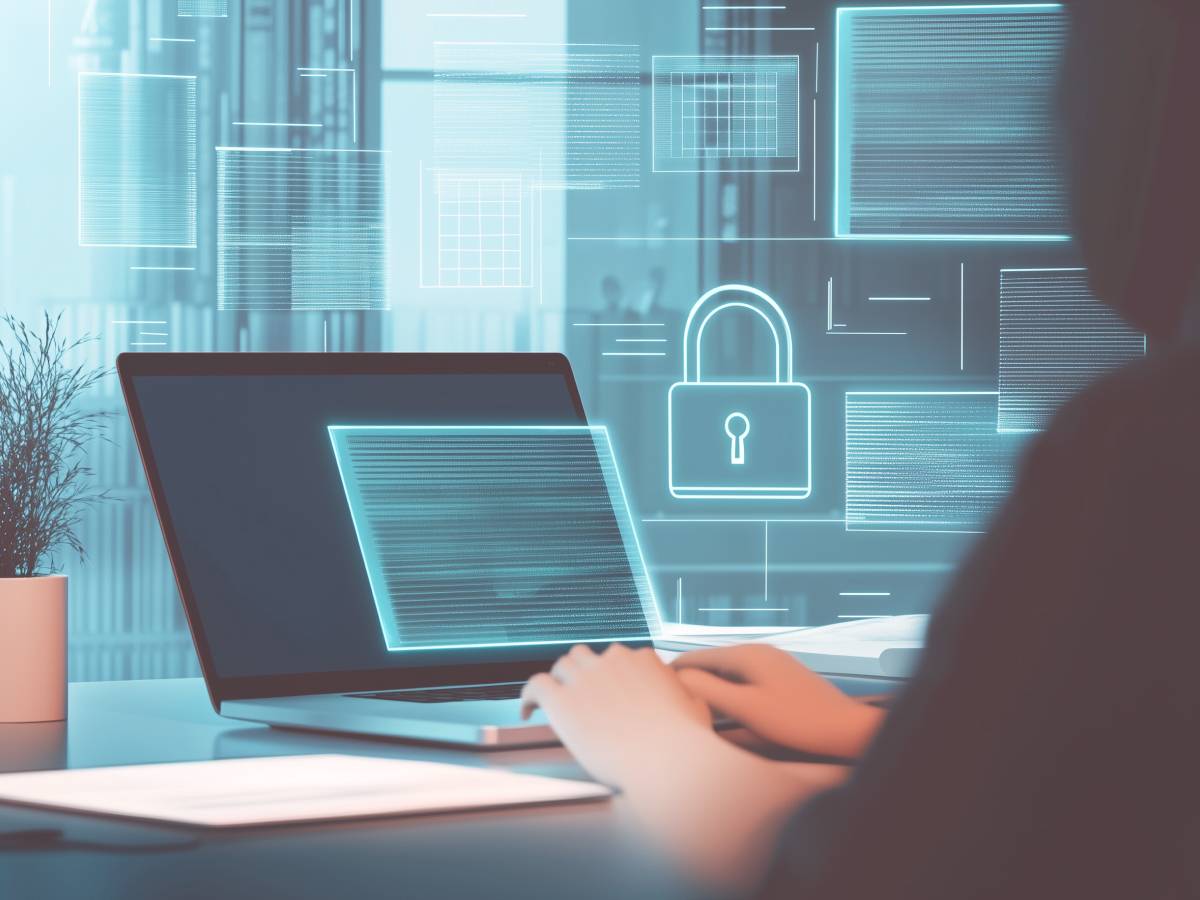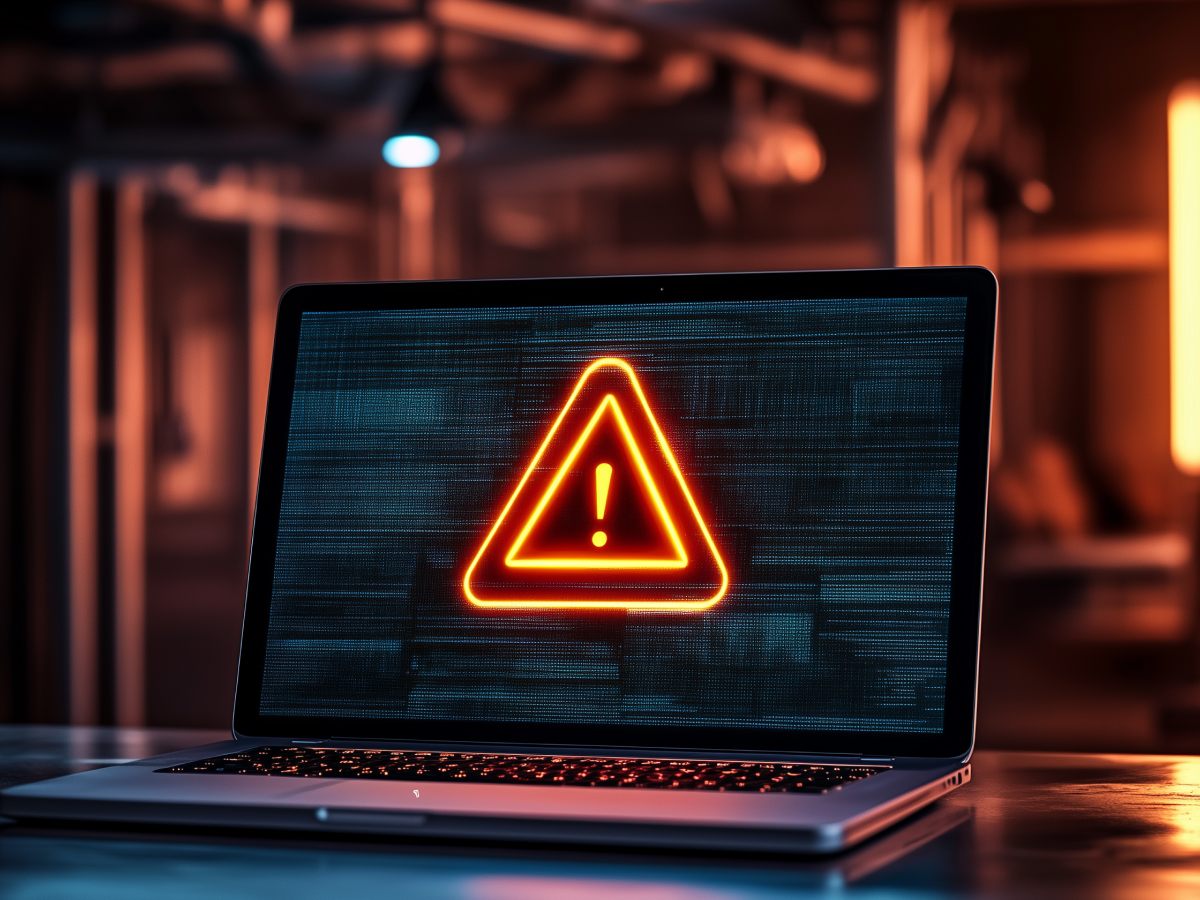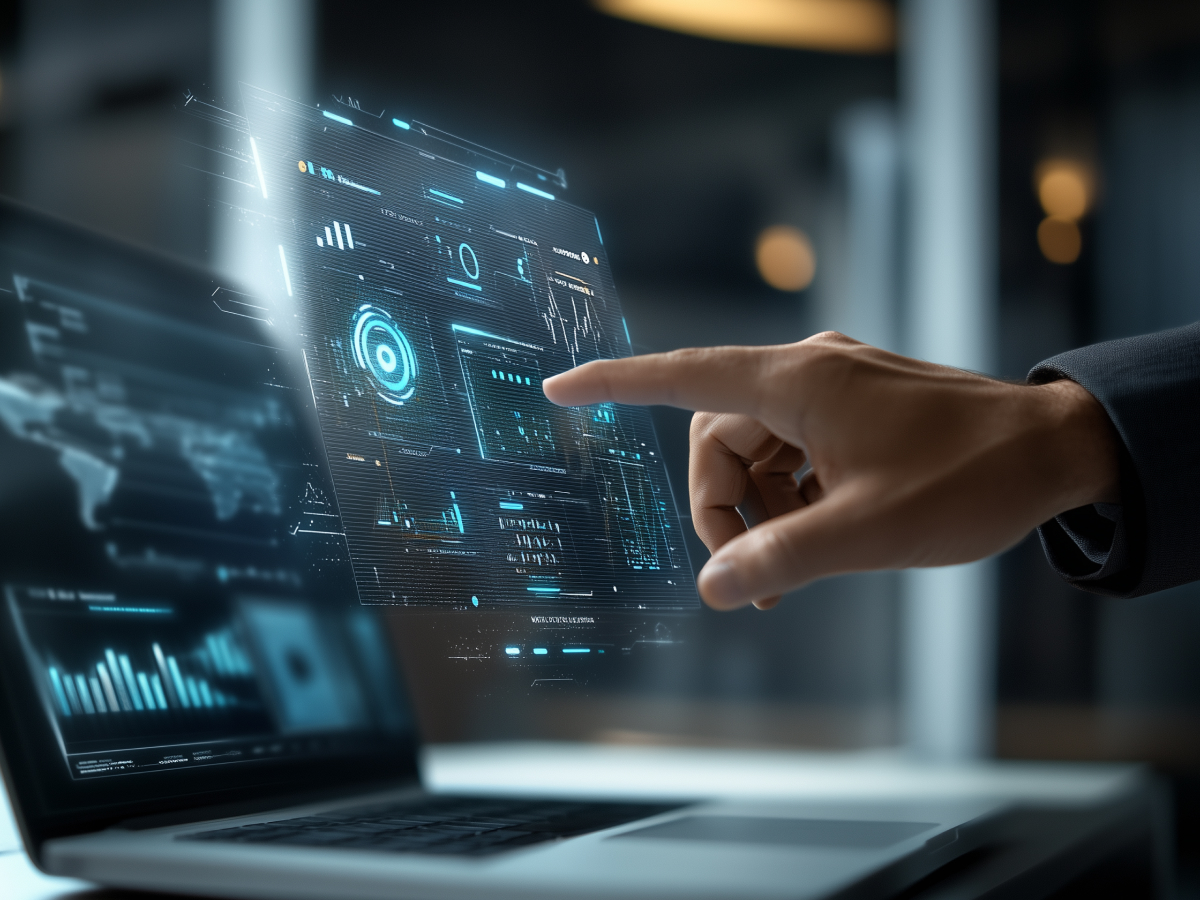The AI hype bubble will deflate in 2025
In 2024, AI was the tech world’s golden child, positioned to impact industries from healthcare to transportation. The reality? Many AI solutions overpromised and underdelivered. As we step into 2025, the hype bubble is set to burst, but don’t misunderstand: this isn’t a death knell for AI. Instead, it’s a shift toward realism. Businesses will pivot from speculative and lofty ambitions to highly targeted, practical applications.
In practice, think workflow automation that saves hours every week or supply chain management systems that predict bottlenecks with near-perfect accuracy. These use cases aren’t flashy, but they deliver measurable results. Importantly, companies will realize that AI, while powerful, isn’t a cure-all. Its role in cybersecurity, for example, is key but limited. AI might help detect lower-level cyberattacks by identifying patterns faster than humans can, but it struggles against sophisticated, multi-layered threats.
For executives, the takeaway is clear, double down on AI investments that offer tangible ROI. Discard moonshot projects that drain resources without a clear path to success. In 2025, winning with AI will come from precision, not grandeur.
Quantum computing brings new risks
Quantum computing has the theoretical ability to render traditional encryption obsolete and is now a looming threat. Leading institutions, particularly in finance, have already taken heed, driven by the release of post-quantum encryption standards by NIST. These standards are the blueprint for a quantum-resilient future, but implementing them is a colossal task.
Transitioning to post-quantum encryption involves re-engineering systems from the ground up. It’s expensive, time-intensive, and requires an overhaul of deeply entrenched processes. That’s why widespread adoption won’t arrive until 2027.
But waiting isn’t an option. Businesses that procrastinate risk exposing themselves to a quantum-enabled world they aren’t ready for. The path forward is to start small, identify key systems, begin transitioning them, and build expertise along the way. By the time quantum computing reaches its potential, you’ll already be ahead of the curve.
The end of Windows 10
October 2025 will mark the end of an era: Microsoft is retiring Windows 10. For millions of devices worldwide, this means no more updates, no more patches, and no more protection. Vulnerabilities will pile up, and cybercriminals are already preparing.
For devices unable to meet Windows 11’s stringent requirements, such as Secure Boot and TPM hardware support, the options are limited. Businesses will face a wave of hardware upgrades, recycling initiatives, and, in some cases, shifts to alternative operating systems like Linux.
But here’s the opportunity, this change is a perfect moment to rethink your infrastructure. Are you running the most efficient systems? Are your devices future-proofed? Addressing these questions now can save headaches and breaches down the road. The risk is clear: unpatched systems will become easy targets, a low-hanging fruit for attackers. The solution is to act proactively. Upgrade strategically. Don’t let the end of Windows 10 become the beginning of a cybersecurity crisis.
Reverse identity theft
Imagine a cybercriminal creating a digital clone of you, not stealing your identity, but inventing a new one using fragments of your data. This is reverse identity theft, and in 2025, it will escalate dramatically. Armed with breach data and stolen credentials, bad actors will craft false personas that can ruin reputations, defraud organizations, or even implicate victims in illegal activities.
This is the logical evolution of identity theft. For businesses, the fallout could be devastating. Fake personas could infiltrate your supply chain, execute fraudulent transactions, or even damage brand trust. In order to combat this, organizations need comprehensive identity verification systems. Biometrics, multi-factor authentication, and real-time monitoring will become key tools in this new battleground.
Nation-state cyber warfare will increasingly target key infrastructure
In 2025, key infrastructure will become an even bigger target for nation-state cyber warfare. Utilities, healthcare systems, and communication networks are under siege, with geopolitical tensions driving the escalation. A joint warning from the Australian Cyber Security Centre and the FBI highlights these high-stakes threats, emphasizing that protecting infrastructure is a matter of national security.
For executives, the message is simple, to prioritize resilience. Invest in systems that defend against attacks and can also recover quickly when breaches occur.
Paths to privilege will become a prominent cybersecurity threat
Hackers don’t need to break down the front door when they can sneak in through the side. In 2025, “Paths to Privilege” attacks will exploit minor vulnerabilities like misconfigurations or hidden trust relationships to escalate access and compromise entire systems.
These attacks are subtle but devastating. For businesses, they highlight the importance of holistic security. It’s not enough to secure the obvious entry points; you must also map out and fortify the obscure ones. Continuous auditing, advanced monitoring, and zero-trust architectures will be your best defense.
Key takeaways
More tools don’t always mean better security. As companies ramp up their cybersecurity budgets, they often invest in standalone solutions to address specific threats. The problem is that these tools don’t always play well together, creating gaps in visibility and integration.
In order to stay ahead, businesses need to focus on cohesion. Security strategies should prioritize interoperability, making sure every tool contributes to a unified defense system.





